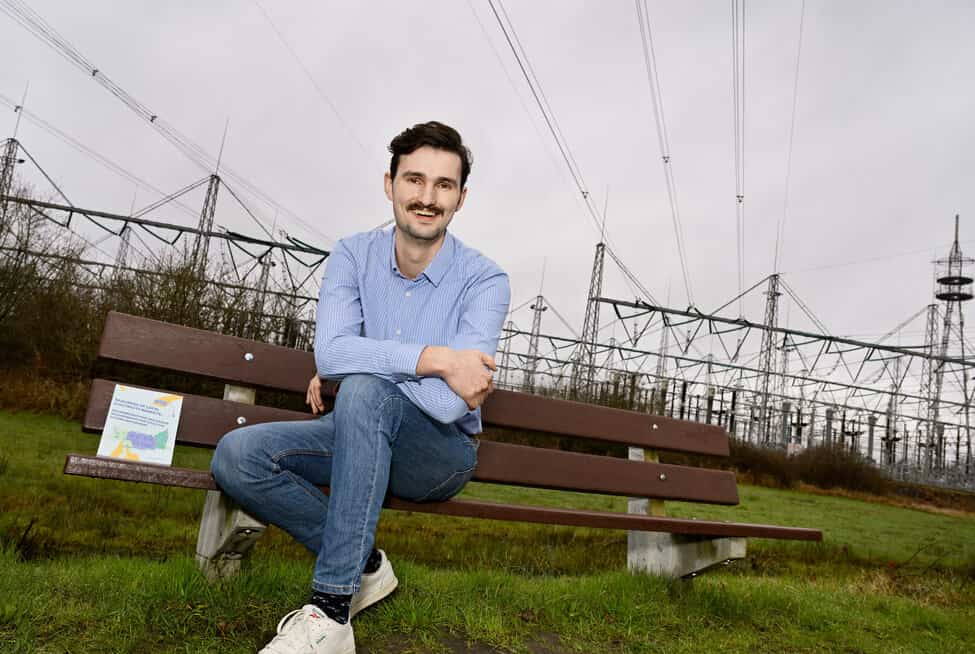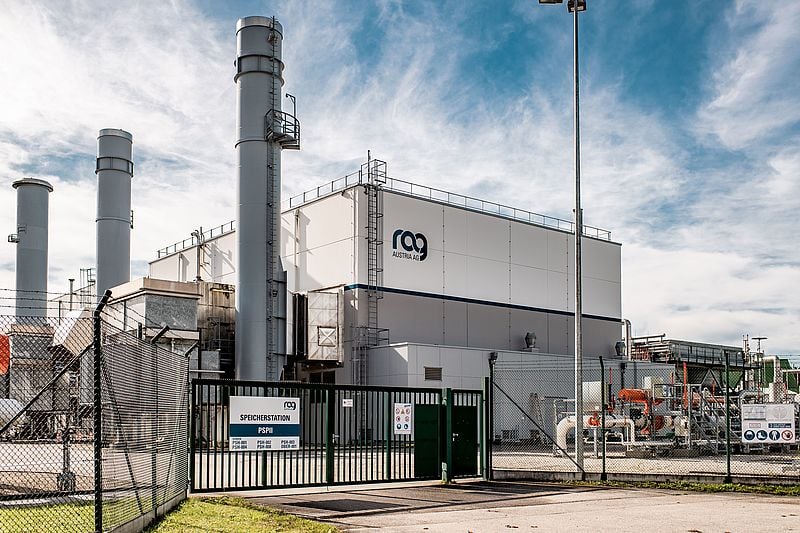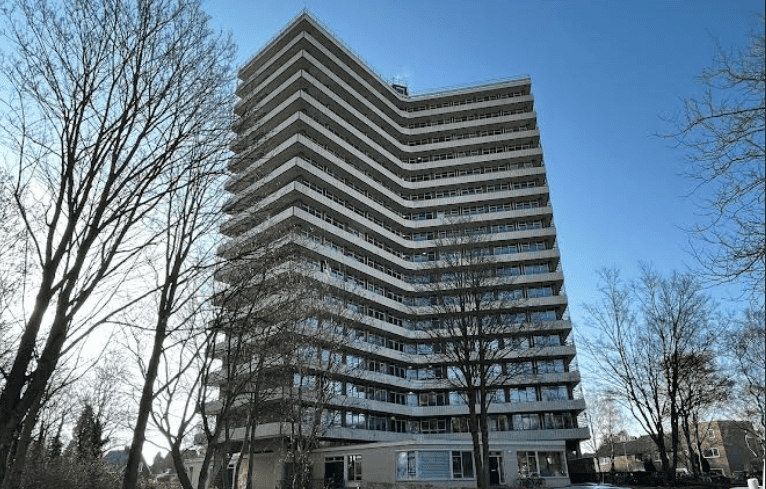
The Netherlands is grappling with a severe electricity grid crisis as the country’s ambitious renewable energy goals clash with outdated infrastructure and mismanagement. The Grid Transition Index by think-tank GLOBSEC shows that despite plans for 85% sustainable electricity production by 2030, the grid is ill-prepared for the surge in demand.
The GLOBSEC report compares figures from 35 European countries, classifying the Dutch electricity grid as ‘not prepared.’ Analysts see significant challenges ahead, namely grid congestion and the inability to connect loads in several areas.
At th moment, 40% of the electricity produced in the country comes from natural gas. By 2035, the Netherlands wants to reduce this capacity by a quarter, replacing it with renewables. Given the existing circumstances, the report sees the Dutch grid transition as highly ambitious.
Investment plans and challenges
In response to these challenges, Dutch network operators have announced plans to invest €8 billion annually starting in 2025 to expand and strengthen the electricity infrastructure. This is part of a broader strategy to achieve nearly CO2-neutral electricity production by 2035, with approximately 85% of the electricity sourced from sustainable energy by 2030. Despite these ambitious goals, the grid’s current state poses a significant hurdle. Many neighborhoods were not designed to accommodate large-scale renewable energy initiatives, including the widespread use of heat pumps and electric vehicle charging stations, further complicating the transition.
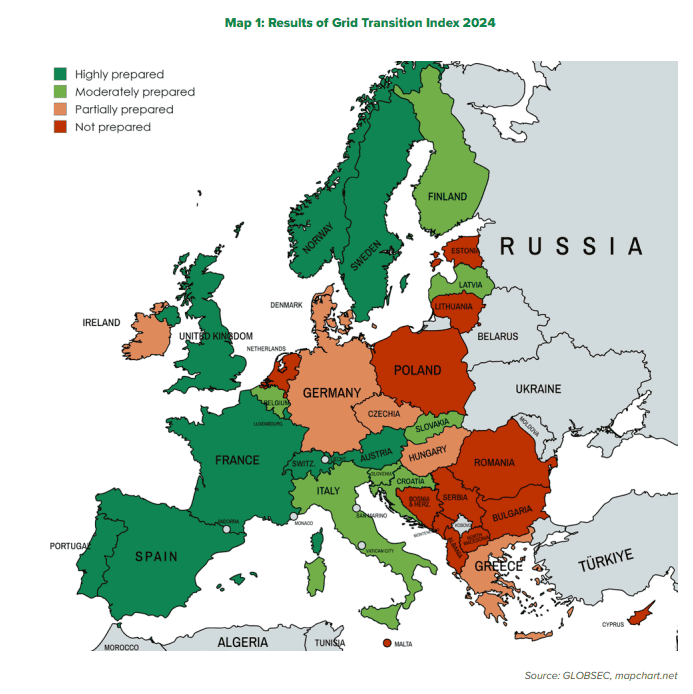
Challenges in 2030
The report underlines that the EU’s ability to forecast load is the worst—significantly worse than in the second-worst EU country. By 2030, the Netherlands plans to deploy 94 GW of intermittent renewables. To integrate them, it plans to install above-average grid battery storage (4.9 GW) and demand response (1.7 GW). According to GLOBSEC analysts, integrating intermittent renewable resources might be challenging with the decreasing capacity of flexible units.
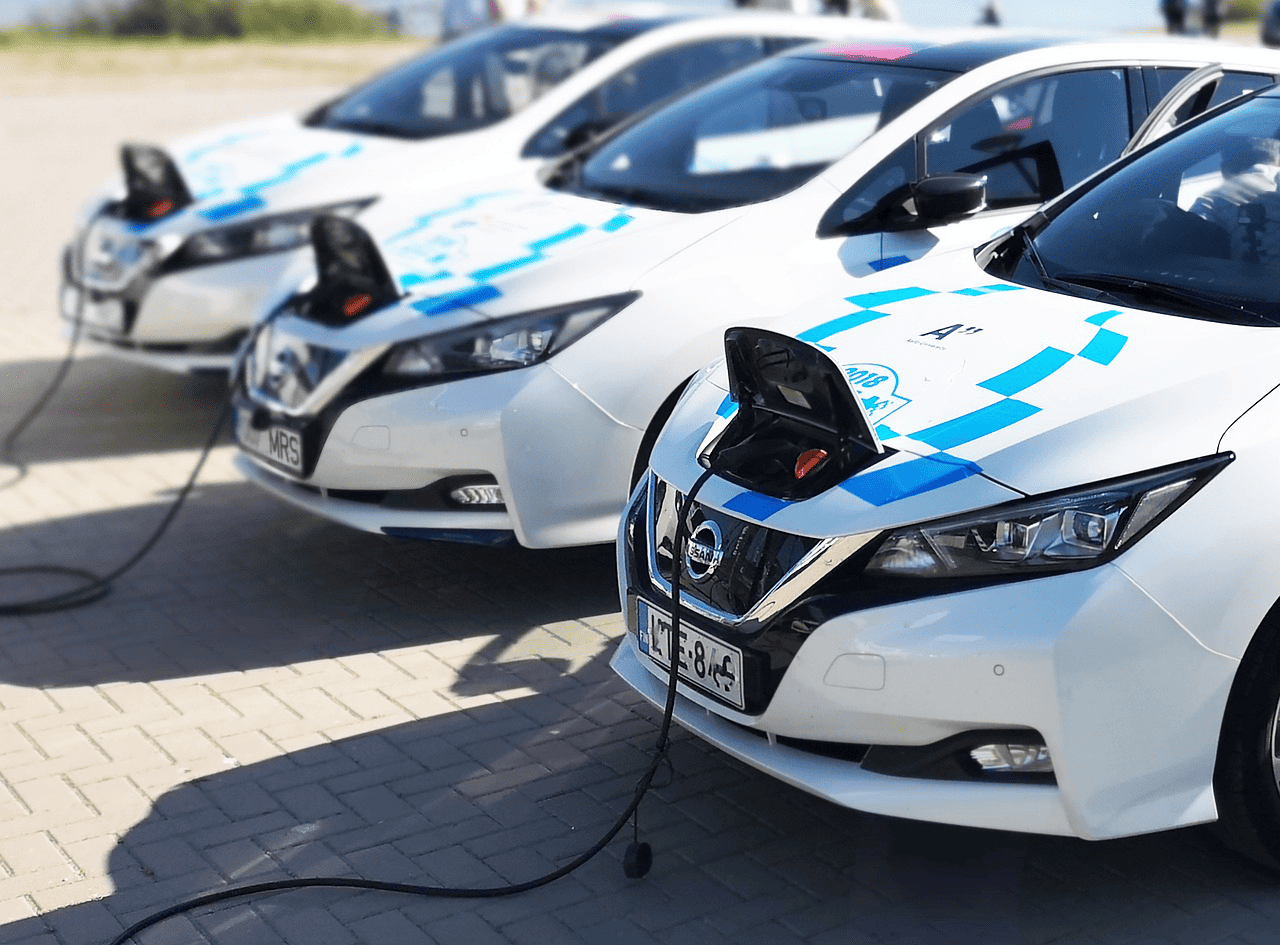
Residential impacts and cost concerns
For Dutch residents, the grid’s inadequacies translate to direct financial impacts. Currently, households pay an average of €364 annually for grid services. However, this figure is set to increase by €1,741 in 2025 to fund necessary grid upgrades. The rising costs reflect the increased investments required to modernize the grid and meet the soaring demand. Additionally, the outdated grid infrastructure has led to high connection fees for solar panel installations, although the government plans to alleviate these penalties under certain conditions.
Opportunities
GLOBSEC analysis also points out some of the opportunities that can emerge in the Dutch green transition. For example, the integration of renewables is already relatively high, and there is a high share of smart metering. Furthermore, the low standard deviation of the load is considered one of the strengths of the grid transition.





